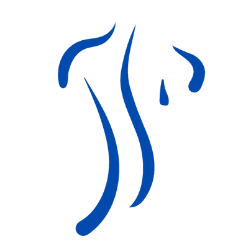Headache Treatment – Headaches & Migraine Relief In Dublin, Ireland
According to The American Headache Society there are approximately 37 million people living with migraines and severe headache disorders [1].
PubMed Central also states that “around 95% of the general population have experienced headache at some stage in their life” [2]. And the World Health Organisation includes headache in the top 10 causes of disability [2]. Therefore, there is a pressing need to find effective treatments and therapies for headaches and migraines, without the need for drugs.
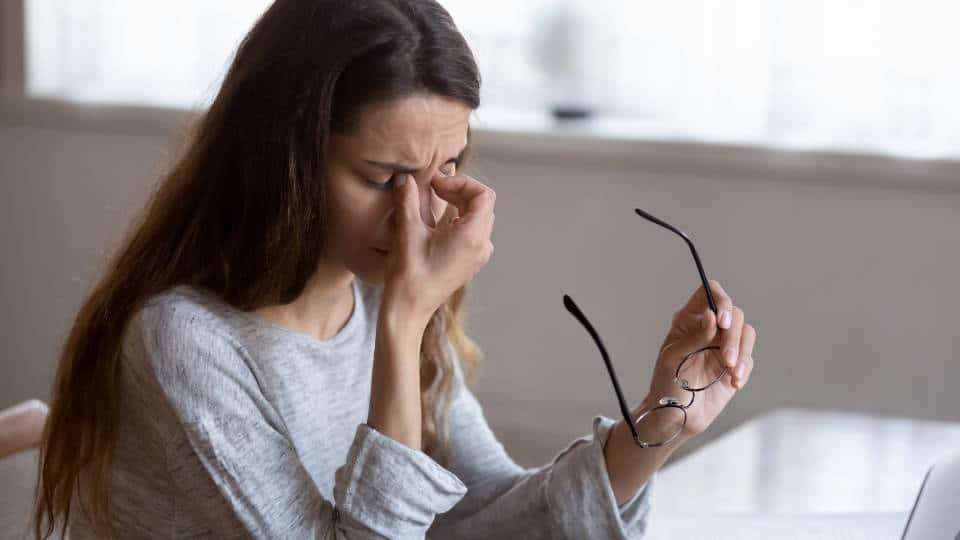
At Dublin Chiropractic & Physical Therapy we design individually tailored your headache treatment plans to relieve symptoms and promote long-term health and well-being.
One of the worse aspects of migraines particularly, but also tension-type headaches, is that they are unpredictable, with the triggers seemingly very random, with no noticeable pattern. An acute migraine attack can start very suddenly requiring you can lay down in a dark, quiet room, unable to do anything. And after a migraine attack, people often feel very drained, fatigued, and generally unwell for several hours to days afterwards.
If you suffer from migraines or severe headaches, not only are the acute attacks very difficult to manage but the fear of the next headache or migraine attack is also a major cause of secondary stress and anxiety.
Treatments At Dublin Chiropractic & Physical Therapy
Secondary
Secondary headache disorders are very rare but are life threatening, and are caused by things such as intracranial tumours and infections. It is the responsibility of the healthcare professional to identity the red-flags associated with secondary headache disorders, for example, a thunderclap headache or onset after the age of 50 or before the age of 10 [2].
Primary
There are primary and secondary headache disorders. The most common forms of headache disorders are primary headache disorders. Primary headache disorders include migraine (with or without aura) and tension-type headache [2].
What Is A Migraine?
A study published in 2019 by The Journal of Headache and Pain defined a migraine as “complex neurovascular disorder with a strong genetic component” and a common kind of primary headache that is characterised by episodes or attacks of throbbing pain on one side, ranging from moderate to severe, with or without an aura [10]. There more severe forms of migraine that are accompanied by numbness and weakness on the affected side of the body.
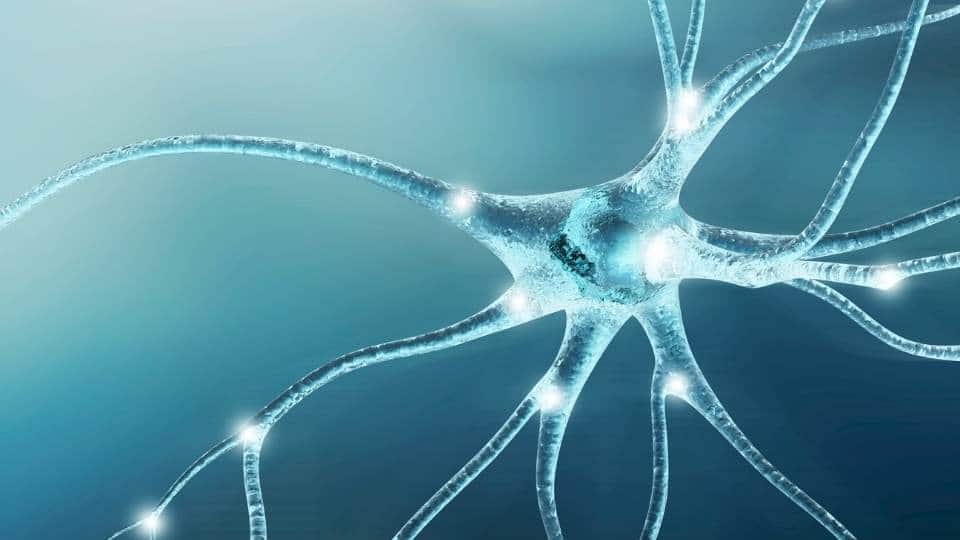
This study also describes the complex mechanism for the onset of migraine, involving a complicated, intermingled activation of cranial neurons and blood vessels, inflammatory mediators, all leading to sensitisation of the trigeminovascular system – a group of sensory neurons that control the cerebral blood vessels – and are thought to be responsible for the throbbing pain characteristic of migraines [10].
Another source described a migraine as “a severe and disabling brain condition, listed as the sixth most disabling disorder globally by the World Health Organization, and the most disabling of all neurological disorders” and continues to mention the huge financial cost to the healthcare industry, costing approximately 20-30 billion every year in the United States and Europe [11].
The Phases
May people who suffer from migraines learn the to recognise when a migraine is coming on.
1. The Premonitory or Pre-headache Phase
This phase can last for up to 72 hours before the actual headache phase or migraine sets in. It often involves symptoms such as a change in mood, tiredness, changes in appetite, neck pain or stiffness, or a buzzing in the ears [11].
2. The Aura Phase
The aura phase usually precedes the headache phase but can also continue into the headache phase. The aura phase usually lasts between 5-60 minutes, and in rare cases up to 4 hours [11].
The symptoms of the aura phase most commonly include visual deficits, as blind spots and blurred vision, but it may also include other neurological deficits, such as sensory changes and changes in speech and language [10].
3. The Headache Phase
The headache phase can last everywhere from 4-72 hours, and characterised as a headache with one-sided pulsing or thumbing, with sensitivity to noise and light, or nausea that is aggravated by activity [11].
4. The Post-Headache Phase
This phase precedes the headache phase and it is often characterised by symptoms such as: [11]
- Fatigue.
- A hard time concentrating.
- Tightness or stiffness of the neck.
What Are Chronic Migraines?
Chronic migraines are defined as migraines that are present 15 or more days per month [11], and are distinguished from episode migraines which occur less frequently.
What Is A Tension-Type Headache?
A tension-type headache is characterised by a sensitisation of pressure or tightness on one-side. The name suggests that the actual cause is uncertain, however, ‘tension’ or stress or demand on the body – either psychology or physical/muscular – has something to do with it’s manifestation [12].
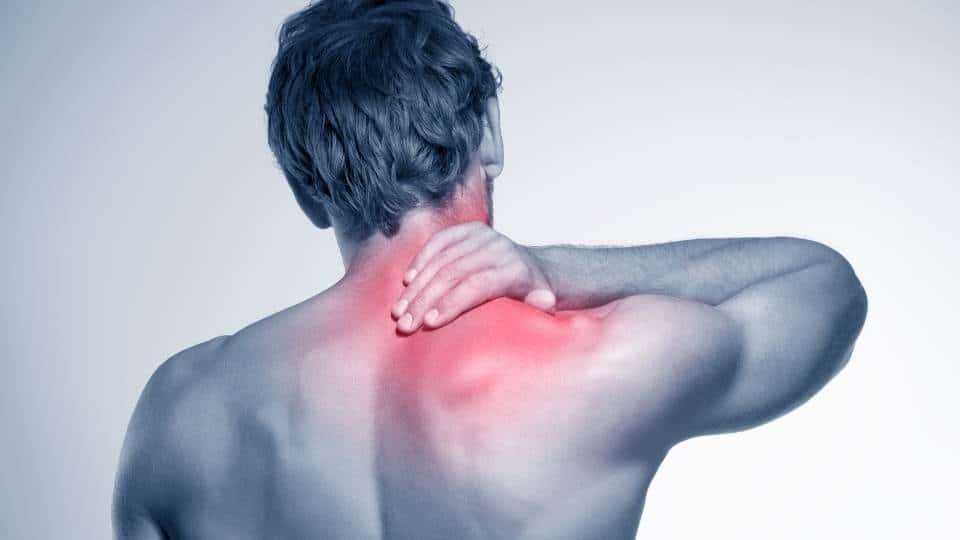
Tension-type headache have also been categorised into chronic and episode (much like migraines).
Episodic tension-type headaches are believed to be caused by ‘pericranial myofascial’ – in other words tension of the musculature and connection tissue around the head and face. Whereas, sensitisation of higher areas of the central nervous (i.e the brain) contributes to the transition from episodic to chronic tension-type headaches [12].
What Is The Causes Of All This?

Hypersensitive Pain System And Stress
According to The Mayo Clinic the exact cause of tension-type headaches are unknown, but it is thought to be linked to tension within the muscles of the head, face, and neck, and a hypersensitivity of the pain system, with stress as a common trigger for an attack [3].
Dehydration Leading To Headaches
According to the Cleveland Clinic dehydration is another common cause of headaches [4]. Therefore, it is important to stay hydrated. Hunger is also a potential trigger [11].

Poor Sleep
Another study mentioned the link between sleep disorders and migraines and tension-type headaches, stating that sleep disorders and migraines and tension type-headaches may be caused by the same systemic health disorder, or poor sleep or sleep dysregulation may be a triggering factor. And those suffering from migraines reported an increase in frequency of headache when their sleep quality and duration reduced [5].
Cerviogenic Headaches
Another potential cause of headaches is a problem stemming from the neck, these kinds of headaches are called cerviogenic headaches. Cerviogenic headaches are usually accompanied with limited movement in the neck due to stiffness or pain [6]. Many people who suffer from migraines also mention neck pain as the first sign an attack is coming on [7]. Cerviogenic headaches are caused muscular or joint issues involving the neck and sometimes the shoulder.
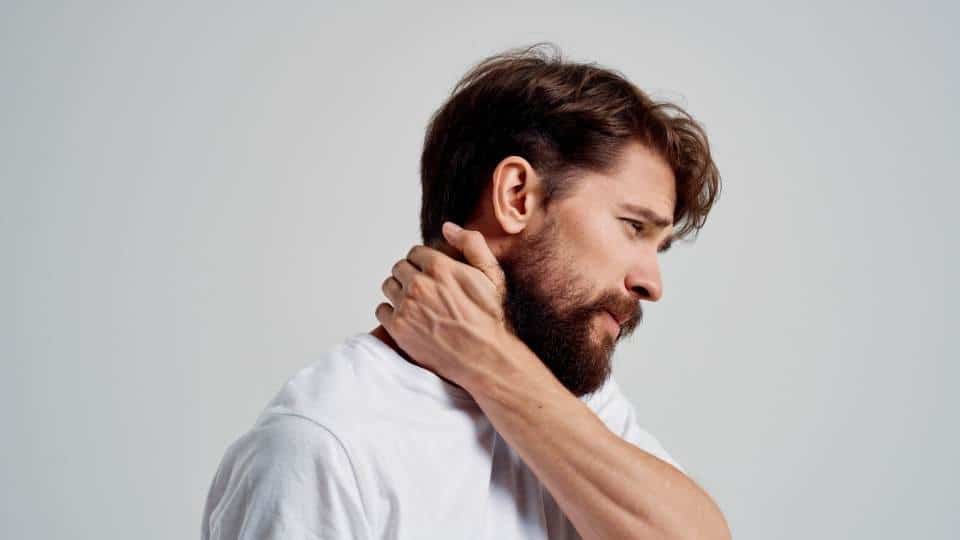
Muscular or joint problems in the neck or shoulder can be caused by a number of different things, for example, repetitive tasks or static posture, overuse, trauma, or psychological stress.
Exercise-Induced – Could Exercise Be The Cause Or The Treatment?
Exercise, although rare has been reported, as a potential cause of migraines. However, exercise, like regular walks, swimming, or cycling, has also been reported to effectively prevent migraines. [7] In a study published by The journal of Headache and Pain, the migraineurs who suffer from exercise-triggered migraines, must often the attack began during the exercise, and they soon stopped engaging in that provocative sport, and could engage in lower intensity sport without an attack. Interestingly, this study also found that of those who reported exercise-induced migraine – the migraine usually started with neck pain.

One of the possible causes of exercise-triggered migraine is the increased demand on the heart. During exercise the heart has to pump out more blood (increased cardiac output) and there is a rise in blood pressure to facilitate the increase in blood flow from the heart. This increased stress or demand on the body is thought to be a possible trigger of exercise induced migraine [7]. Another possible cause of exercise-trigger migraine is the rise in blood lactate during exercise. It has been shown that migraineurs have a decreased metabolic rate of recovery post-exercise, meaning higher levels of brain lactate, and higher lactate levels has been linked with a higher number of migraine attacks [7].
What Are The Symptoms Headaches?
The symptoms of headaches vary dramatically, depending on the cause, type of headache, and individual. However common headache symptoms include;
- Pain (dull or sharp) on one or both sides of the head.
- Throbbing.
- Tension-type headaches are usually described as a band like pressure, or a dull ache around the forehead.
- Migraine headaches are often described as a throbbing or pulsing pain on one side of the head.
- Pain that intensifies with physical activity.
What Are The Symptoms Migraines?
Much like headaches, the symptoms of migraines vary depending on individual and type of migraine. However, common symptoms associated with a migraine include;
- With or without aura (visual changes).
- Nausea and vomiting.
- Sensitivity to light and sound.
- Stomach upset.
- Diarrhea.
- Dizziness or vertigo.
- Fatigue.
- Fever.
- Neck pain or stiffness.
How Are They Diagnosed?
According to The American Migraine Foundation, there is no specific or special tests that will definitively find the source of your headache or migraine, the gold standard is patient story [8].
Therefore, the best thing to do is to tell your doctor exactly what you have been experiencing, what potential triggers you have noticed, if there is a family history of headache or migraines, and how it impacts your quality of life and daily tasks.
Another very useful tool experts use to diagnosis headaches and migraines is the International Classification of Headache Disorders [11].
Blood tests or MRI may be used if your doctor have a suspicion that something more serious is going on or a hormonal imbalance is potentially contributing to the onset of headaches or migraines.
Are Genetics To Blame?
A study published in 2019 by The Journal of Headache and Pain states that from studying families and twins the common migraine is a “heritable trait” [10], meaning there is a genetic component, with an estimated 30-60% heritability rate. It is believed that there are two kinds of migraines in relation to genetics – monogenic migraines – meaning one pathogenic gene is involved, and polygenic migraines – in which multiple genes have been mutated.
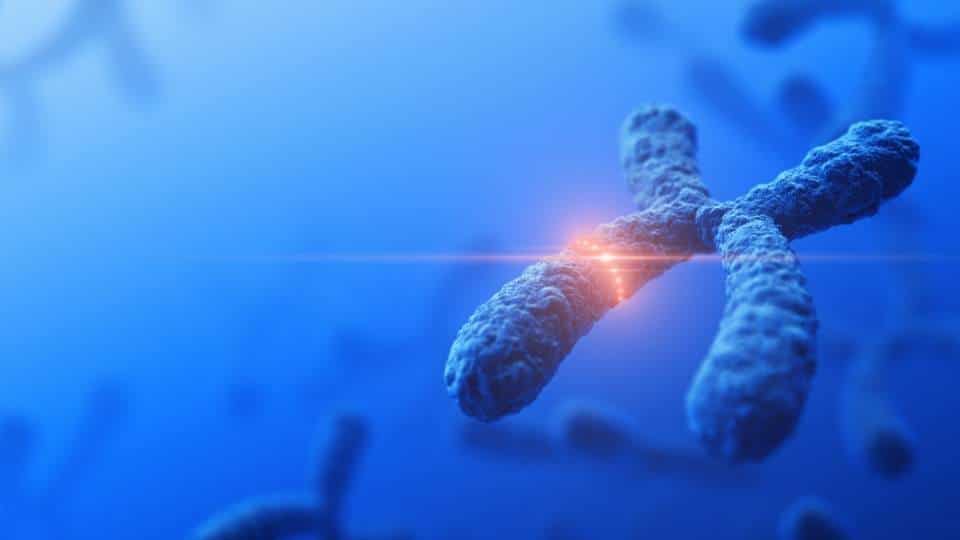
Treatments And Remedies
With 46% of the adult population suffering from active headache disorders, and 11% from migraine, we need a solution, fast [9]. Our team of experts will work with you to establish the best therapies for you, to relief your headache or migraine, and give you management strategies to reduce the risk of future flare-ups or acute attacks.
A study published by PubMed Central outlines several treatment strategies [12]:
- “Making the correct diagnosis” – Or in the other finding the driver or triggers for your tension-type type, through a thorough patient history and assessment.
- A Headache Diary – Documenting your daily activities and when you experience a headache can help bring awareness to the driver or triggers of your headache.
- Physical therapy – physiotherapy involving exercise, education, and postural training (particularly of the neck and shoulders) can help build mental and physical resilience and prevent the build-up of tension.

What Natural Medicines Are Out There?
The goal is to move away from medication, and find therapies that work with the body. Here are a few natural ways you can treat your headache:
- Aromatherapy – Essential oils like lavender, chamomile, peppermint, and eucalyptus can help to relax the mind and body, and provide relief from pain.
- Biofeedback – This is a technique that helps you to control your body’s involuntary functions, like heart rate, blood pressure, and muscle tension. By learning to regulate these functions, you can reduce stress and tension headaches.
- Herbal remedies – Herbal remedies like feverfew, ginger, and valerian root have been shown to be effective in treating headaches and migraines. Consult with your doctor or health professional to find the best remedy for you.
Migraine relief through effective treatment and therapies is possible. Here are a few treatment options we use at our Dublin clinic:
- Physical Therapy.
- Chiropractic Care.
- Laser Therapy.
- Shockwave Therapy.
- Non-surgical Spinal Decompression.
- Intrinsic Core Strengthening.
Do Anti-inflammatory Drugs Help?
The aforementioned study states that anti-inflammatory drugs such as ibupron and ketoprofen have been found to more effective than placebo when treating tension-type headaches [12]. According to the American Migraine Foundation, anti-inflammatory drugs have been found to be effective in the treatment of migraines. However, dependency should be avoided [8].
Physical Therapy
By taking a proactive approach to headaches and migraines, we can help you get back on your feet and living life again, without fear of your next migraine attack. We use physical therapy care for relief from migraines and headaches. Our expert physical therapists will use a combination of evidence-based treatment options, such as exercise therapy, hands-on therapies, shock wave therapy, intrinsic core strengthening, and laser therapy.

Chiropractic Care
If headaches are interfering with your life, it’s time to take care of it and demand better. We offer chiropractic care for headaches that will help you get on the path of recovery without any negative side effects. We offer innovative therapies such as non-surgical Spinal Decompression and spinal adjustments for long-term relief from tension-types headaches and migraines.
Non-surgical Spinal Decompression
Non-surgical spinal decompression relieves headaches and migraines by targeting the root cause – pressure on the spinal nerves. Non-surgical spinal decompression works by applying a gentle and very gradual pull or traction to the neck and head that reduces and relieves pressure pushing the nerves and joints of the neck which often causes tension, pain, headaches, and limited movement.
This release of pressure also causes another very positive effect, it causes an influx of oxygen-rich blood and nutrients into the discs and joint capsules of the neck – promoting spinal health. Non-surgical spinal decompression is also very relaxing, the gentle pull causes the muscles of the neck and shoulder to relax as the neck is no longer under tension.
Each session of non-surgical spinal decompression lasts between 10-20 minutes, and it very relaxing, some clients have even fallen asleep. If you have any questions about non-surgical spinal decompression please don’t hesitate to email us at [email protected].
Laser Therapy
Laser Therapy or low-level light therapy uses light to stimulate activity within the cells of the targeted area. This increase in cellular activity causes a cascade of positive adaptions;
- An increase in oxygen-rich blood flow.
- Promotes tissue recovery.
- A reduction in inflammation.
- A reduction in pain.
- A reduction in swelling and bruising.
- Promotion of cellular regeneration.
- A reduction in oxidative stress (i.e. the light acts as an anti-oxidative, reduces stress on the cells and tissues of the targeted area).
- Improves muscle function (i.e strength and endurance).
Each session of laser therapy only lasts 15-20 minutes max. Laser therapy is also completely pain-free. Many clients also find the warmth of the light very relaxing.

Laser therapy is evens being used in the treatment of neurological conditions as Parkinson’s disease, Alzheimer’s, and Huntington’s. It have been found to promote the preservation a neural function in the brain by reducing the formulation of protein clusters thought to cause these very serious and debilitating conditions.
Intrinsic Core Strengthening
Intrinsic core strengthening is a treatment options we use with many clients at Dublin Chiropractic & Physical Therapy as it effectively activates the deep core muscles are often become dormant when there is pain, because the large muscles take over to protect the painful region.
However, the active and strong core muscles are so important as they share the physical load put on the body, taking stress off the smaller muscles and the joints. And as we talked about in this article, tension and stress is a huge contributor to the cause of headaches and migraines, and building physical resilience is an important step to preventing and treating headaches and migraines.
Book Your Appointment Today For Better Health
We’re Dublin Chiropractic & Physical Therapy, a leading chiropractic and physical therapy clinic in Dublin. We have been helping people get out of pain for over 25 years and we can help you too! Our highly skilled team is here to provide the best care possible so that you can get back to living your life without any limitations.
You don’t have to live with headaches or discomfort anymore! Let us show you how we can help relieve your symptoms and improve your quality of life today. Don’t wait another day before getting relief from all those aches and pains that are holding you back from enjoying life again.
Request an appointment now by calling (01) 254 4800 or booking online at https://www.dublin-chiropractic.com/contact-us/.
Visit Us in Dun Laoghaire, Dublin Ireland
Our physical therapy & other services extend throughout Dun Laoghaire-Rathdown including Blackrock, Cherrywood, Stillorgan, Rathfarnham, Shankill, Cabinteely, Foxrock, Clonskeagh, and Killiney.
Our office is located just outside of the center of Dun Laoghaire and is between Deansgrange and Monkstown. You can find our building entrance on Lower Mounttown Road, across from Woodland Park. We are a 30-second walk from Dublin Bus stop 2031 which is outside of Mccormick’s Pub.
Schedule An Appointment Today
Call us today at (01) 254 4800 and schedule an appointment with one of our experts who will take care of everything else for you!
